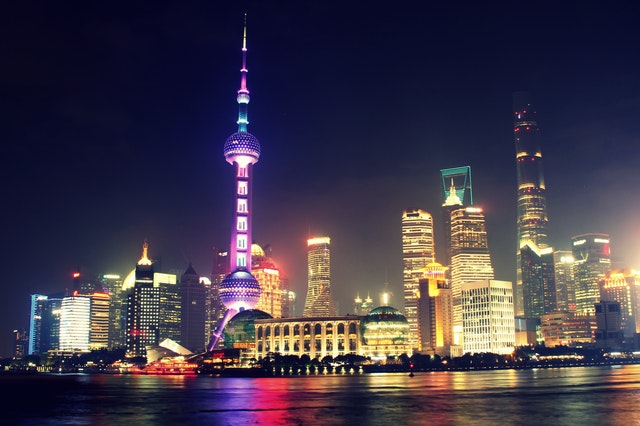Although musical theatre has gone from strength to strength over the past few decades, most of this activity has been confined to the English-speaking world (and predominantly in the US and Britain).
However, a two billion yuan (around $324 million) injection into the Chinese musical theatre industry could see the country become a powerhouse in global production.
Japan, Australia and South Korea have already seen modest growth in this area, but China is looking to leapfrog the competition with the construction of a massive production center in Langfang (thirty miles south of capital Beijing).
The scale of the production center is staggering; at one million square feet, the goal of the facility is to develop productions that can be run in major cities across the expanse of the country.

China’s Musical Theatre Industry, Localized
Although work is not due to be completed until 2017, the center has already begun producing its first show. Into the Woods will begin touring within a few months with an initial run of 100 shows in Beijing, opening at the PLA Theatre (Nov. 8th until Feb. 1st), before moving on to other cities around the country in 2015.
What’s notable in the case of Into the Woods is that the adaptation will be exclusively in Mandarin; historically, famous Broadway and West End shows that have made the jump to China have been performed in English.
Investors first saw potential in musicals produced in Mandarin in 2011, when a native-language adaptation of Mamma Mia! drew 300,000 people during its run.
The Langfang facility is being funded by both the local government of the Hebei province as well as a private development company.
Into the Woods is deemed as an exercise in strengthening ties between Chinese and American production (the Mandarin adaptation is being timed with a U.S film release starring Meryl Streep). This increased interest and investment into the Eastern market is hardly surprising given that South Korea are doing exceptionally well in porting Broadway shows to Seoul, in part thanks to a cultural obsession with America; even shows that performed terribly (both commercially and critically) on Broadway – musicals such as Ghost and Bonnie & Clyde – are being met with roaring success in Seoul.
Driving Production Costs Down
However, a large stumbling block for growth in China’s musical theatre industry is cost to entry. Although a few large production centers exist currently, there isn’t a strong infrastructure in place to help drive costs down – musical theatre programs and training is sparse, and costumes and sets for newly commissioned work often have to be created from scratch. Once touring costs are factored in, ticket prices to the end user can easily reach $150 or more for even the most basic of seats.
Naturally, investors are seeing profitability in the long run and the construction of the Langfang production center seems set to solve the issue of overheads. If savings are passed on to consumers, they hope to meet and capitalize on the demand that already exists.
Coupled with stronger ties to the U.S. scene and a greater focus on Mandarin adaptations, it’s highly likely that we’ll see a blossoming of China’s musical theatre industry.
